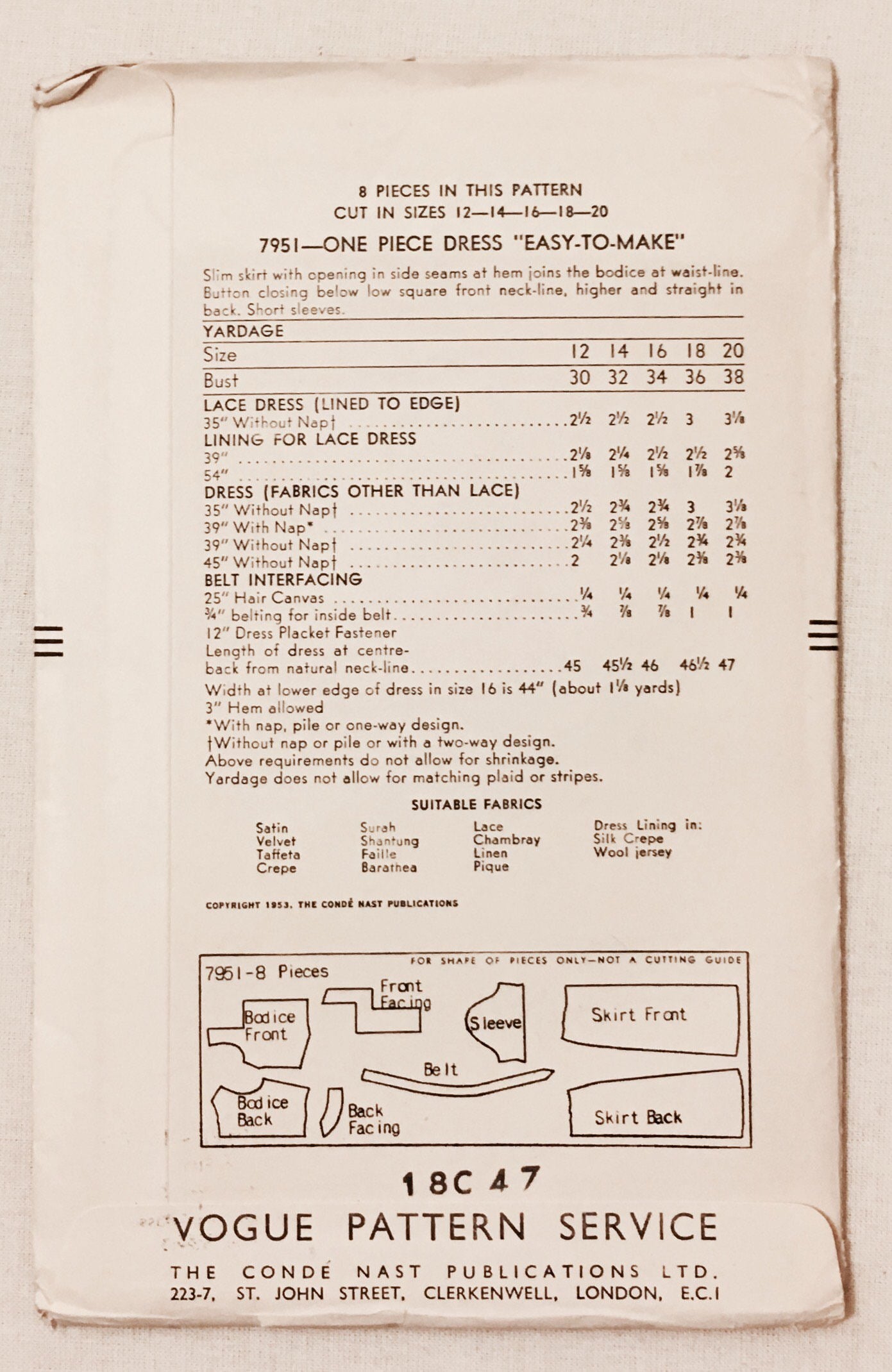I feel like such a crank when I watch Seamwork tutorials, I honestly do pass some of them up because I just feel like that guy yelling at kids to get off the lawn. And I do have the same arguement most of the time: use fabric with a contrast between wrong side and right side, so we can easily see the inside/outside tasks and see how things line up.
but this!
NO
https://youtu.be/oGPfxaYYeR0
Of course, now you have to watch this video to follow along here.
It's not my content and it does not hurt to add to their views. They are trying to do a lot and I wish them all the best. I get trying to do too much.
Once again, I'd like to say that I have made all these mistakes, and I don't want you to.
I'm good with the first five minutes of this video, except putting a coil zipper in a pair of jeans is a temporary move, as the pull will pull the coil apart if you put the least amount of stress on it when you take your pants off or pull them on. Coils are good, but they don't take repeated lateral stress well, especially at the same stress point. This is going to happen when you put on and take off your pants. You will unconsciously unzip them to the same point, which is not at the bottom of the zipper.
I replace a lot of jeans zippers.
Trust me on this.
Metal toothed zips will last longer, but will eventually fail for the same reason.
So unzip your pants the entire way every time. You will thank you.
Moving along.
Sewing the zipper/fly guard is where the wavy thing happens - that seam is off grain, or got mishandled when it was pinned in. I'd stop there and unpick and redo it. This wavy fabric isn't going away until you do that.
Where I started pointing at the screen and sputtering was when we unzip the zipper partway through the application.
I don't care if you measure the teeth from the top of the fabric, you should not unzip the zipper when you sew it down permanently. It's going to be uneven.
At the base of the zipper, the side pulled out is curved, and the tape is distorting already farther up the zip. This zipper tape isn't heavy enough to not twist and you're sewing that twist into the tape.
Why is the other zipper end pinned up? We are not told to do this, or have it explained to us. There might be a really good reason, but I don't know what it might be.
And the finale
The zipper is twisting in the left seam.
This is with the zipper zipped all the way up.
The puckering at the bottom in the blue circle will probably iron out. The wavy part with the red line will not. That extra fabric isn't going away.
You can really save a lot of time by basting in a zipper by hand. It seems wrongheaded, but the zipper will lie flat, it won't bubble and buckle (see my raincoat makes if you want to see some wack zipper installations) and even if it's a 32 inch raincoat zipper, the less you handle that zipper, the better it's going to look.
Example one:
First pass I put pins in the zipper tape and it's all wiggly and awful. I took them out, pressed the zipper and let it rest under a block overnight.
Next day I used Wonder clips and hand basting.
It's not perfect, but it's a whole lot better
Second coat was nothing but hand basting and laundry clips. I used a water resistant plastic coil zipper, as that was what I replaced, but in a jacket like this, the failure point is going to be where you join the zipper in the base unit as you prepare to zip it up: the tape is going to fail at the edge of that plastic point on the bottom. The zipper may fail along the path if it catches something in it at the same point over time, but generally this is a good use for this zipper type.
Zippers are not as good as they used to be. It is what is is.
I'm pretty pleased. I might get better at this yet. There was some pucker on the underside facing at one point; it got over handled in removing the original zipper.
At no point did I separate the zippers to sew them. Yes, it's a pain, but unpicking a 32 inch zipper is a bigger pain.
Feel free to argue in the comments.





















































